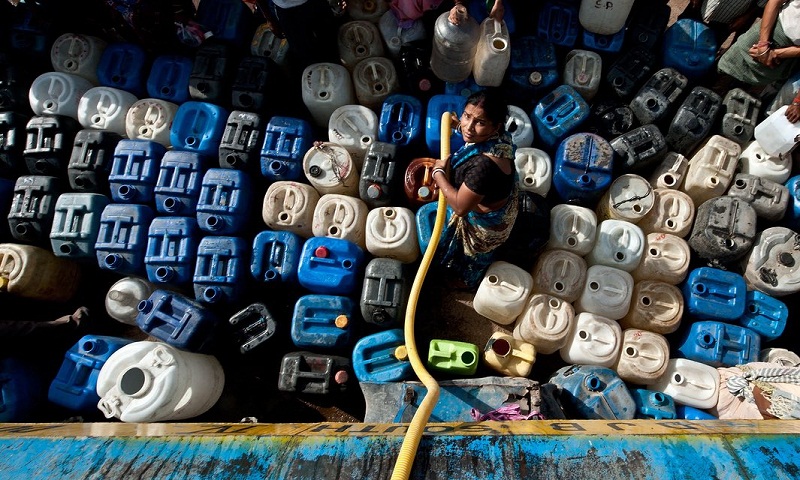Empty reservoirs, dry rivers, thirsty cities – and our water reserves are running out

We live on a parched planet. Farmers till arid pastureland and policymakers fret over empty reservoirs, dry rivers and thirsty cities. And that only scratches the surface – literally – of the world’s water problem. Subterranean aquifers, the world’s reserve water tank, are also running dry. The consequences could be dire, especially for water-stressed and fast-growing Asia. These repositories of water located deep underground in permeable rock, soil or sand contain about 100 times the amount of water found on the Earth’s surface in streams, lakes, rivers and wetlands. If you’re in central Africa, South America or some parts of Europe, chances are you’re standing a few hundred feet above one. The gap between water supply and demand – predicted to reach 40% by 2030 – will not be filled by surface water resources, so aquifers are being exploited more and more for agriculture, power generation and daily use in fast-growing cities. About 30% of the world’s freshwater comes from aquifers, yet a third of the 37 largest aquifers studied by the University of California between 2003-13 were severely depleted, receiving little or no replenishment from rainfall. Some of the most stressed aquifers are in the world’s driest regions such as Asia, up to 88% of which is water-stressed. South Asia accounts for half the groundwater used globally, but the continent’s aquifers – many of which were formed millennia ago when areas like northern China had a more humid climate – are no longer being replenished regularly by rainfall. Boreholes are getting deeper and water tables are falling. In Pakistan’s Punjab province, over-pumping is lowering the water table by up to a half a meter per year, threatening food and water security and making thirsty crops, such as sugarcane and rice, tougher to grow. Asia’s surging population – which could top 5 billion by 2050 – will put even more stress on food, energy and water supplies. Globally, 60% more food will be needed by then, with agriculture using up increasingly scarce freshwater. Climate change will exacerbate conditions further. But the problem extends beyond water depletion. Over-pumping groundwater leads to soil subsidence, causing some Asian cities to sink. By 2030, 80% of North Jakarta could be below sea level, while parts of Beijing are sinking by several centimeters a year. Depleted aquifers near coastlines are prone to contamination from saltwater, rendering land barren. Some are contaminated by arsenic, which can occur naturally deep underground.
Read More:

